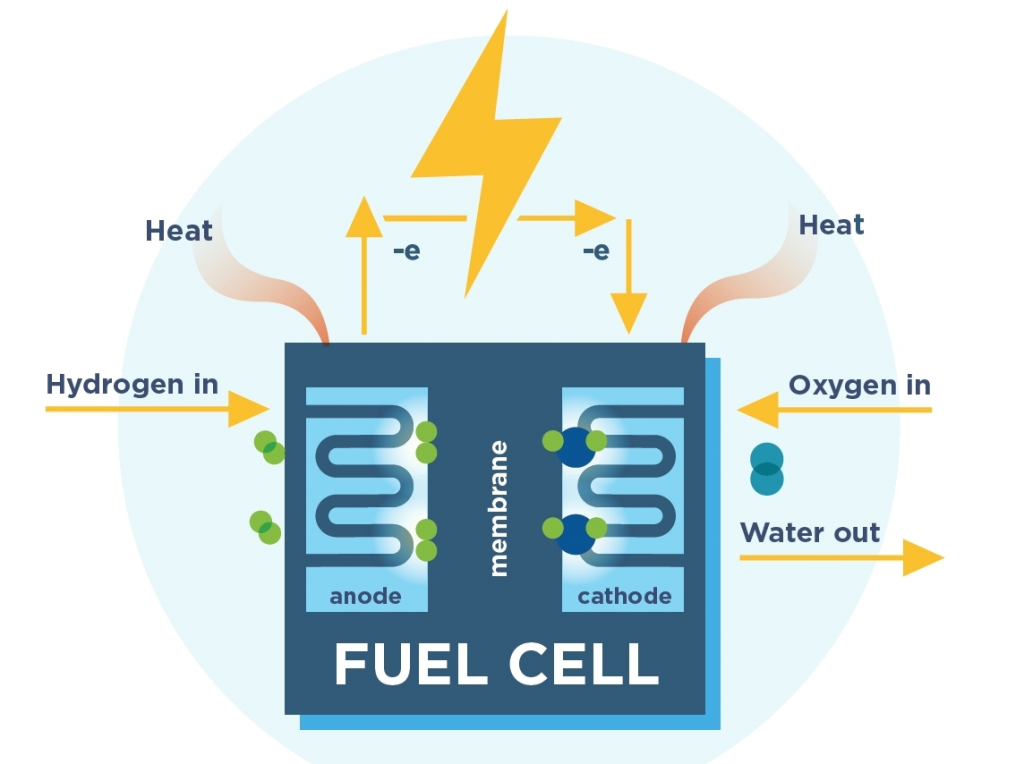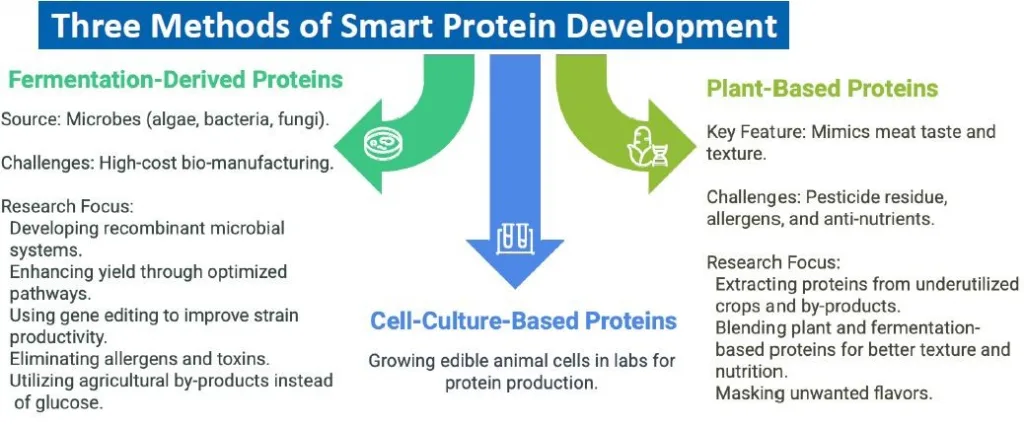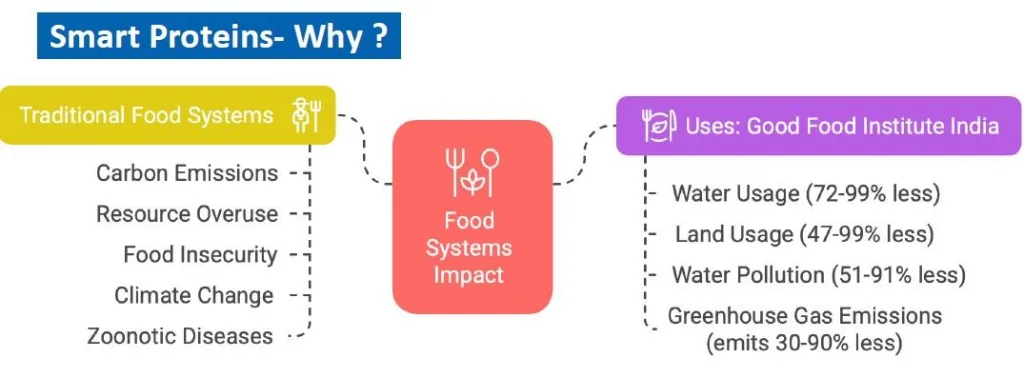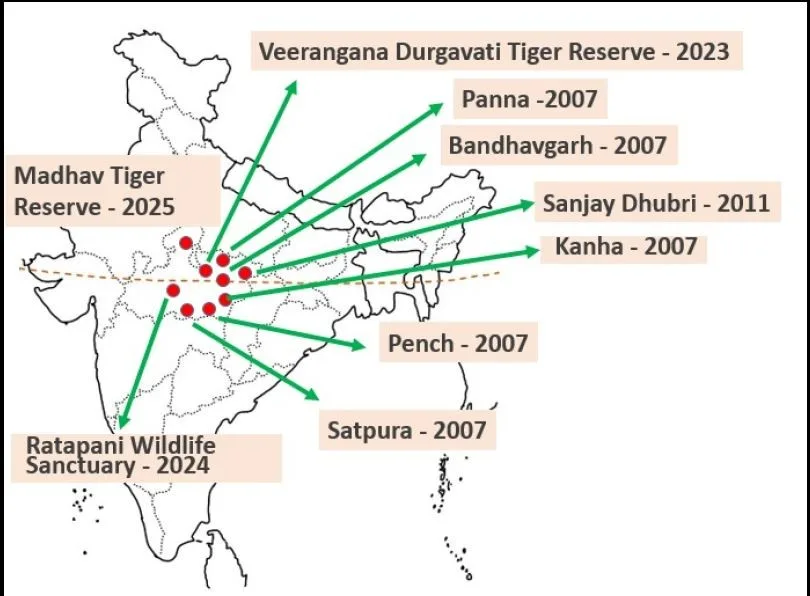UNICEF’s Kinship and Community-Based Care Programme (KCBCP)
Syllabus: GS1/ Society
In News
- India is moving away from institutional child care to family-based solutions like kinship care, foster care, and community support.
About
- Seasonal migration forces families to leave children behind or take them to work, disrupting education and exposing them to child labor.
- UNICEF’s Kinship and Community-Based Care Programme aims to keep children with relatives instead of institutions, with initiatives like Mission Vatsalya, which has increased non-institutional care fourfold since 2021-22.
- The focus is on preventing family separation, strengthening care systems, and ensuring mental health support for children and caregivers.
Source: BS
Hantavirus
Syllabus: GS2/Health
In Context
- According to the U.S. Centers for Disease Control and Prevention (CDC), hantaviruses are a family of viruses that can cause severe, potentially fatal illnesses.
What is Hantavirus?
- A family of viruses that cause severe respiratory and renal illnesses.
- It causes Hantavirus Pulmonary Syndrome (HPS), which starts with flu-like symptoms such as fever, chills, and muscle aches. In severe cases, it leads to respiratory distress, fluid buildup in the lungs, and can be fatal.
How Does Hantavirus Occur?
- Carried by rodents (deer mice, rice rats, white-footed mice, cotton rats).
- Transmission methods: Inhalation of virus particles from rodent droppings, or saliva.
- Touching contaminated materials and then the eyes, nose, or mouth.
Treatment & Prevention
- No specific antiviral treatment or cure.
Source: TH
Isolationism
Syllabus: GS2/ International Relations
Context
- US President Donald Trump’s ‘America First’ policy reignited debates on isolationism, as his administration prioritized national interests over global commitments.
What is Isolationism?
- Isolationism is a foreign policy doctrine that emphasizes avoiding political, military, and economic entanglements with other countries.
- The idea dates back to President George Washington, who warned against “entangling alliances.”
- Throughout the 19th century, the US largely avoided European conflicts while expanding its influence in the Western Hemisphere.
- The US rejected the League of Nations and passed Neutrality Acts in the 1930s to stay out of foreign conflicts.
- Recently, the concept of “restraint” has gained popularity as an alternative to both isolationism and excessive military intervention.
Source: DTE
Geo-mapping of Rubber Plantations
Syllabus: GS 3/Economy
In News
- The Rubber Board will begin geo-mapping of rubber plantations in Kerala.
| Natural Rubber – It is a versatile industrial raw material derived from the rubber tree Hevea brasiliensis, native to the Amazon river basin. – It was introduced to tropical Asia and Africa by the British in the late 19th century. – The rubber tree thrives in various agro-climates and soil conditions with an annual rainfall of about 200 cm. |
The Geo-mapping initiative
- It is part of certifying natural rubber under the Indian Sustainable Natural Rubber (iSNR) framework, aligning with the EU Deforestation Regulation (EUDR).
- The project will record details such as land ownership, area, and plantation boundaries, initially focusing on 10 key rubber-growing districts in Kerala.
- Partnership: The Rubber Board has partnered with Trayambu Tech Solutions Pvt. Ltd (TRST01) for the geo-mapping process.
Importance
- It is aiming to improve market access and prices for rubber growers.
- It is aimed at establishing a deforestation-free supply chain for rubber, enhancing global marketability and ensuring compliance with EUDR.
| EU Deforestation Regulation (EUDR). – The EUDR mandates that all commodities entering the EU market must be deforestation-free after December 2020. – iSNR certification ensures compliance. About Rubber Board of India – Statutory body established under the Rubber Act, 1947. – Functions under: Ministry of Commerce and Industry. – Headquarters: Kottayam, Kerala. – Functions: Development of the rubber industry through research, training, and extension activities. 1. Maintains statistical data on rubber production and trade. 2. Promotes marketing of rubber and ensures labor welfare. 3. Issues licenses for rubber producers, manufacturers, exporters, and traders (Rubber Board License). |
Source: TH
Hydrogen-Powered Fuel Cells
Syllabus: GS3/Science and Technology
Context
- Recently the hydrogen-powered fuel cells have been successfully demonstrated as a reliable backup power solution for telecom towers.
Hydrogen Fuel cells
- Hydrogen fuel cells produce electricity by combining hydrogen and oxygen atoms.
- A fuel cell consists of an anode (negative electrode) and cathode (positive electrode) sandwiched around an electrolyte.
- Hydrogen is fed to the anode and air is fed to the cathode.
Working of Fuel Cell
- At the anode, a catalyst separates the hydrogen molecules into protons and electrons and both subatomic particles take different paths to the cathode.
- The electrons go through an external circuit, creating a flow of electricity that can be used to power electric motors.
- The protons, on the other hand, move to the cathode through the electrolyte. Once there, they unite with oxygen and electrons to produce water and heat.

| What is hydrogen – Hydrogen is the chemical element with the symbol H and atomic number 1. – Hydrogen is the lightest element and the most abundant chemical substance in the universe, constituting roughly 75% of all normal matter. – It is colorless, odorless, tasteless, non-toxic, and highly combustible gas. |
Source: AIR
Smart Proteins
Syllabus: GS3/ S&T
Context
- The government, under the BioE3 initiative, is funding research to develop smart proteins as sustainable alternatives to traditional protein sources.
About Smart Proteins
- Also known as alternative proteins.
- They mimic the taste and texture of traditional proteins.
- They can be produced using
- Fermentation,
- Plant-based, or
- Cell-culture methods.


| BioE3 (Biotechnology for Economy, Environment and Employment) Initiative – Launched: 2024 – Implemented By: Department of Biotechnology, Ministry of Science & Technology – Significance: 1. Boosts technology development through Biomanufacturing & Bio-AI hubs and Biofoundry. 2. Supports Net Zero carbon economy, Lifestyle for Environment, and Green Growth. 3. Promotes Circular Bioeconomy for sustainable development. |
Source: TH
Madhav National Park 58th Tiger Reserve
Syllabus: GS3/ Environment and Ecology
Context
- The Centre declared the Madhav National Park in Madhya Pradesh as the country’s 58th tiger reserve.
About
- It has become the ninth tiger reserve in the state, the highest in any state.

- Location: It is situated near Shivpuri town in Madhya Pradesh and is a part of the upper Vindhyan hills.
- Lakes: Sakhya Sagar (Ramsar site, in 2022) and Madhav Sagar.
- Rivers: Manier and Sind river.
- Vegetation: Tropical dry deciduous forests and Dry Thorn Forests.
- Flora: Kardhai, Salai, Dhaora and Khair.
- Fauna: Nilgai, Chinkara and Chowsinga and Deer including Chital, Sambar and Barking Deer.
- It was the hunting ground of Mughal emperors and Maharaja of Gwalior.
- It got the status of a National Park in 1958.


Source: TH
EXERCISE KHANJAR-XII
Syllabus: GS3/ Defence
In News
- The 12th edition of Exercise Khanjar-XII is set to take place in Kyrgyzstan.
About
- It is a joint special forces exercise.
- It is held annually and conducted alternatively in both the countries.
- Aim: to exchange experiences and best practices in Counter Terrorism and Special Forces Operations in urban and mountainous high altitude terrain scenarios.
Source: PIB
Previous article
Booming Demand for Warehouses in India
Next article
Use of Tools by Ancient Ancestors